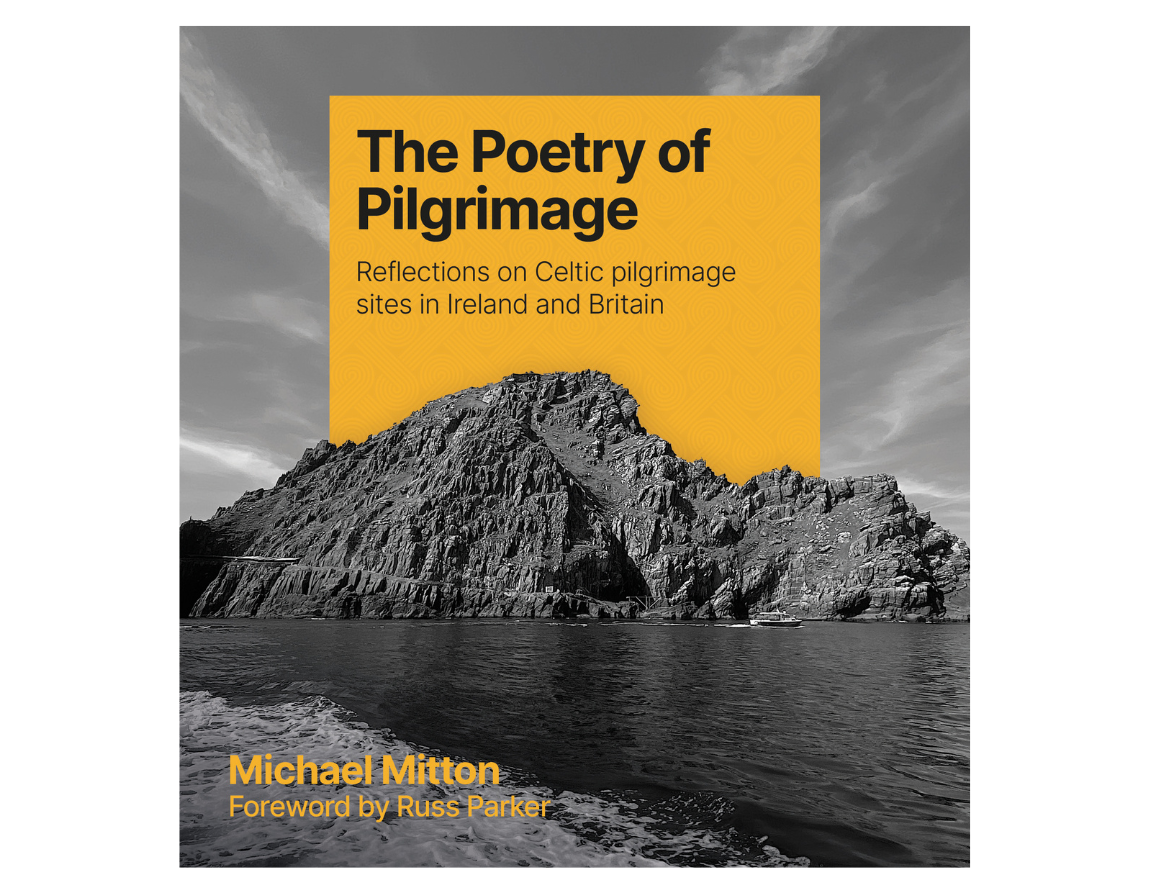The third extract from Michael Mitton’s new book The Poetry of Pilgrimage, highlighting the Celtic saints and sites which have drawn pilgrims for centuries, and celebrating them in poetry. This week, Ninian of Whithorn and Fillan of Strath Fillan.
3 November 2024
Ninian of Whithorn
Story
Ninian is one of the earliest of the British Celtic saints who arrived in Scotland at the end of the fourth century. He gets a brief mention by the Venerable Bede, who tells us that he was a ‘most reverend and holy man of British race’.
Bede also tells us that Ninian spent some time in Rome and had a connection with Martin of Tours, who died in 397. The link with Martin is significant because it was Martin who established a monastery in Gaul, which was strongly influenced by the monastic life that was flourishing in Egypt. This is one of the streams of influence from the Egyptian desert mothers and fathers to the Celtic church.
Bede credits Ninian with converting the southern Picts, among whom he lived and witnessed. Following the example of Martin, he established a community at Whithorn just north of Hadrian’s Wall – territory somewhat despised by the Romans. Bede also tells us that the church here was called Candida Casa, the White House. The whiteness may have been the type of stone or a whitewash used to cover it. At the time, it was unusual to build churches with stone. From this base, Ninian sent out mission teams to Ireland and other parts of Scotland, even as far north as the Orkney and Shetland Islands.
Although we don’t know many details of Ninian’s life, he was clearly an influential figure, and in subsequent years many churches in Scotland and the north of England were dedicated to him. He caught the attention of the twelfth-century Ailred of Rievaulx, who wrote about his life and ministry.
Ninian is seen as one of the first Christian missionaries to develop the monastic life in Britain. A feature of this type of monasticism was to accompany the community experience with an experience of solace, and Ninian chose a cave on a nearby beach for his place of withdrawal and prayer. This rhythm of busy engagement and quiet withdrawal was a strong feature of early Celtic Christianity. Ninian died in Whithorn in 431.
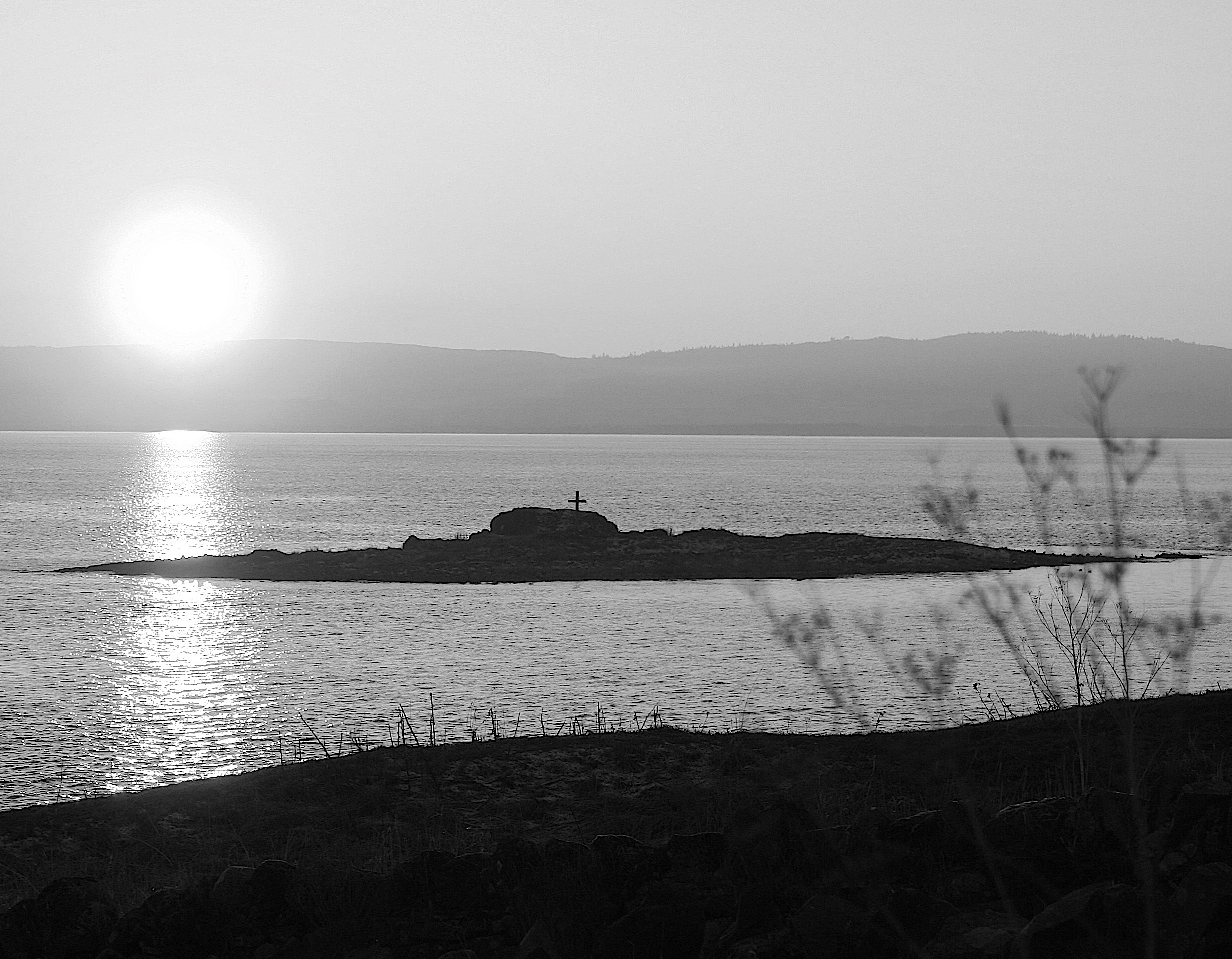
Ninian is seen as one of the first Christian missionaries to develop the monastic life in Britain.
Left: Cuthbert’s Isle, near Lindisfarne
Location
The modern Whithorn is a small town in Dumfries and Galloway and still retains its street plan from the time it was a thriving market town in the Middle Ages. The Whithorn Trust was set up in 1986 to explore the archaeology and history of Whithorn, and it has been successful in finding a large number of artefacts.
We have taken our pilgrims to the excellent visitor’s centre, which is constantly developing. Here we were able to explore the ruins of the ancient Whithorn Priory, and in the museum we could see the impressive collection of carved stones and crosses. It is inspiring to think of the humble Ninian gently witnessing from this base in a pagan community, his bright white church proclaiming the light of Christ so effectively.
While our pilgrims enjoyed visiting the site of Candida Casa, the more powerful experience was when we made our way along a forest pathway to the coast and scrambled over the seashore rocks to reach St Ninian’s Cave. From the Middle Ages this cave became a place of pilgrimage, and today many still visit it, as is witnessed by the touching notes and trinkets left by pilgrims who have clearly seen the cave as a place of receiving God’s blessing.
We certainly felt blessed as we stepped inside. The echo of Ninian’s prayers still seemed to resound around the rocks. To receive prayer in this sacred place while looking out to the restless sea and open sky felt not unlike Elijah in his cave (1 Kings 19). This indeed would be a good place to get away from the clamour of the world and listen to the still small voice that beckons us. One of our visits to Whithorn coincided with the Feast of the Transfiguration, which explains the reference in the poem.
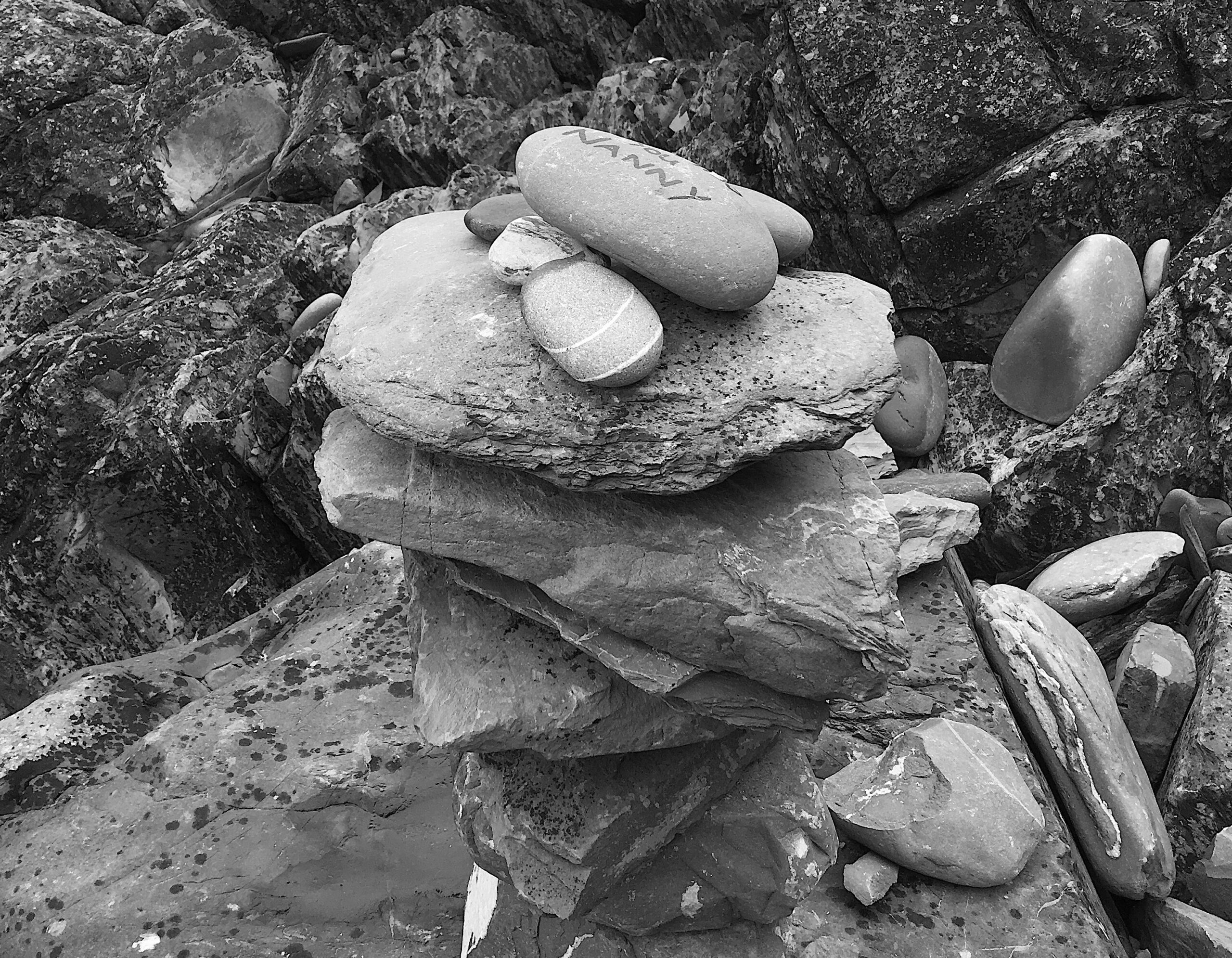
The echo of Ninian’s prayers still seemed to resound around the rocks.
Right: a pile of stones near Ninian’s cave
Ninian
Under a dove grey sky
Ninian chisels a whitened stone.
Patiently he works the ancient rock
humming to himself
as he thinks about dusty desert dwellings
in far off lands inhabited by vibrant mystics.
Together with his friends
he completes his shining home
that glistens in the dewy rays of sunlight,
beckoning men and women to the light within.Nearby, the white surf of a restless sea
breaks on the craggy beach.
Sea spray sparkles in the sunlight;
gulls spread their wings on the vigorous breeze.
This is the cave where Ninian kneels to pray
and beckon Holy Spirit visitations
to his people and beyond.
In these dear dwellings,
human eyes beheld the spectacle of heaven
and open ears heard the word of life.
A people were transformed,
and centuries of pilgrims have found a home.Transfiguring Christ,
lead me to those inner caves of holy light
that I may see such visions
that cause me to build signs of your bright kingdom
among the people where I dwell.
Fillan of Strath Fillan
Story
Fillan was an Irish missionary. He came to Scotland in 717 when, after a period of time as a hermit, he evangelised the district we now call Perthshire. He was the abbot of a monastery in Fife before moving to Strath Fillan and Glen Lockhart.
Like many of the Celtic saints, Fillan was used by God in the ministry of healing, and it was said that Fillan’s gift was particularly around care for those with mental health issues. Consequently he is known by some as the patron saint of those who suffer mental illness. His ministry was apparently focused on a pool of fresh water on the River Fillan, where he would plunge those seeking healing into the waters and pray for them.
Fillan is closely connected to the village of Killin, where he is said to have set up a mill and a market. The visitor centre has in its small museum a fascinating set of stones that Fillan is said to have found in the river. These stones were believed to be so blessed that they had healing powers. The stones are of different shapes, each corresponding to a part of the body, and Fillan would choose the stone according to the particular ailment and hold that stone to the body as he prayed for healing. It may smack of superstition to us, but it may be no more than Fillan wanting to help the person’s faith using something visual and tangible.
On the east coast of Scotland in the little town of Pitenweem, there is another interesting location named after Fillan, though it is understood that this was a different Fillan. It is a cave that is accessed from one of the steep lanes leading down to the shore and you have to get the key from a local café. We have taken our pilgrims to this cave a few times and, with the permission of the local church, have also celebrated the Eucharist here, as a small altar has been set up in the heart of the cave. It feels a most sacred place.
In my poem I have supposed that ‘our’ Fillan also spent time in a cave such as this when he was a hermit. With his particular gifting for those with mental health issues, I have speculated that he also suffered this kind of illness and distress, thereby knowing from first-hand experience something of the complex, deep recesses of the human mind.
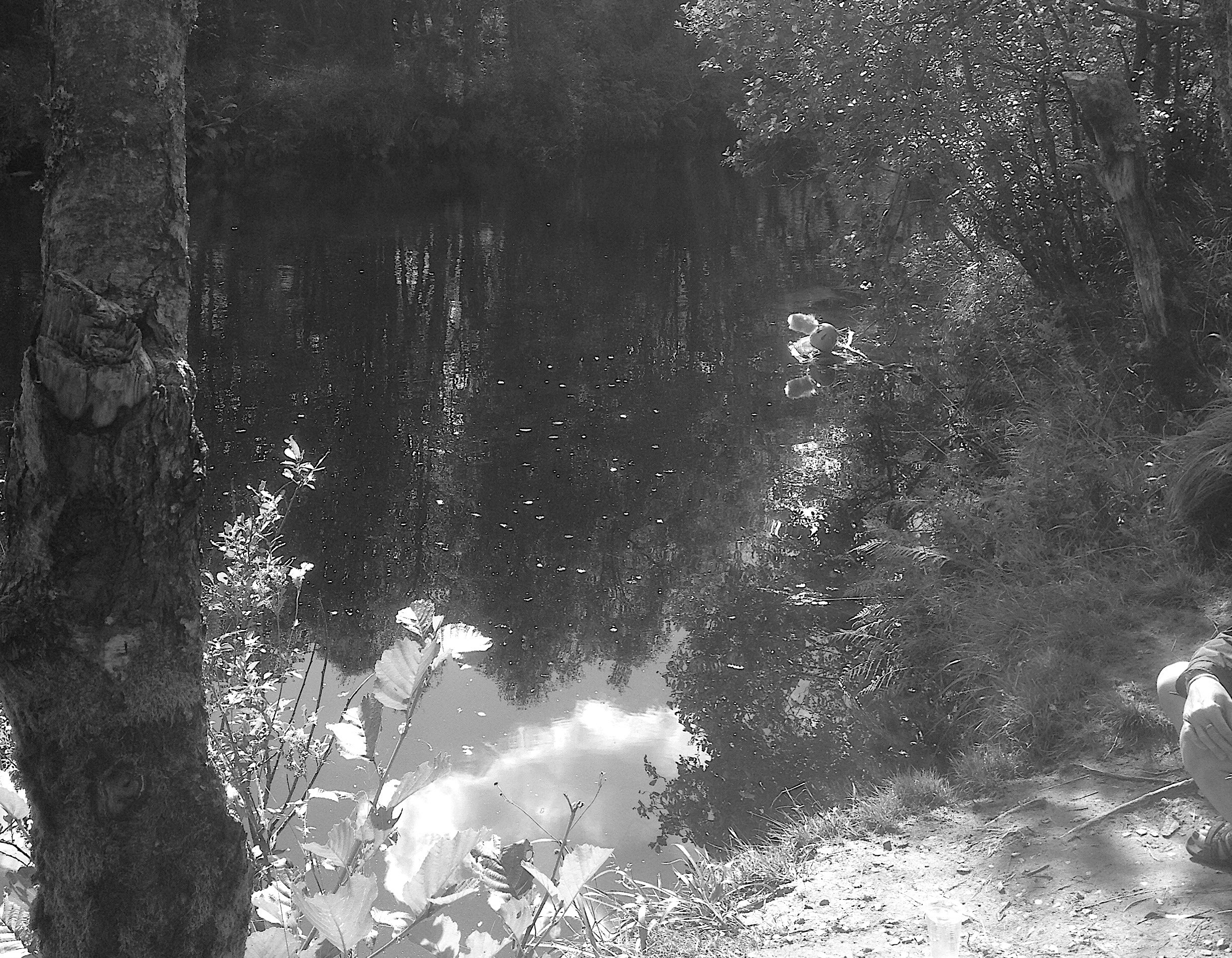
Fillan’s ministry was apparently focused on a pool of fresh water on the River Fillan, where he would plunge those seeking healing into the waters and pray for them.
Left: Fillan’s pool
Location
The ruins of Strath Fillan Priory are clearly later than the eighth century, but we have taken our pilgrims there and have found it to be a most peaceful place. We then go to Fillan’s pool, the location where Fillan prayed for those with mental health issues. Here, our pilgrims are grateful that we don’t plunge them into the water! However, with the skilful use of a bucket and rope, we gather a supply of water and pray for the healing of minds.
We then go on to Killin, an attractive village with a long bridge that stretches over the river, which is particularly rocky at this part of its journey, making for dramatic water flows. At the visitor centre we have been most grateful to the proprietor, who allowed us to take out the healing stones and, as with Fillan of old, we have also used these stones to pray for one another.
Spending time thinking about this kindly missionary made us aware of just how significant the ministry of healing was to this early Christian mission. The ministry of healing has suffered from excesses over the centuries, either by people using it manipulatively (even cruelly in some cases) or simply not using it at all. It seems to have been a very natural part of this early Celtic mission, with their conviction that it was in the nature of Christ to bring healing to those who were suffering.
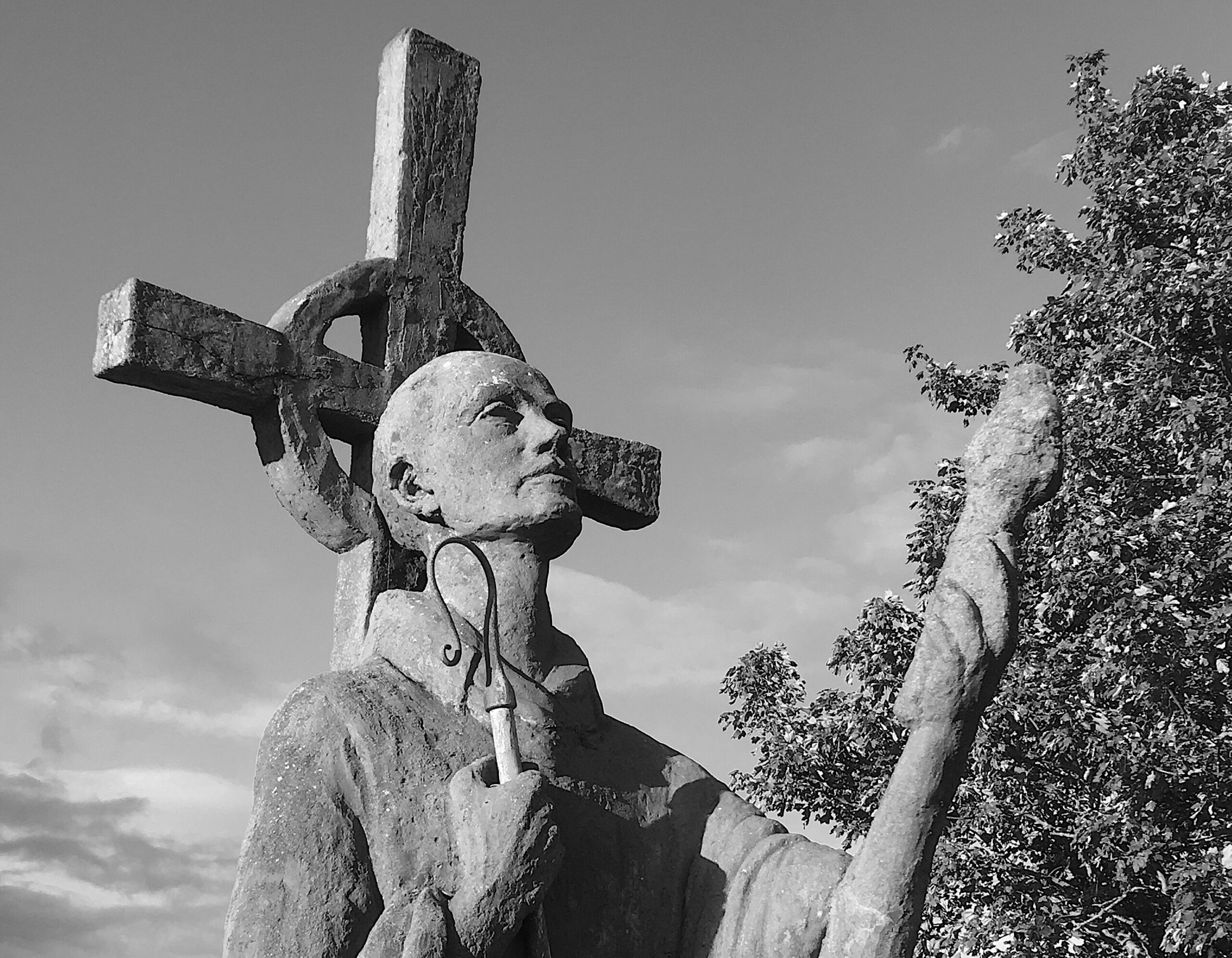
The ministry of healing seems to have been a very natural part of this early Celtic mission, with their conviction that it was in the nature of Christ to bring healing to those who were suffering.
Right: Aidan of Lindisfarne
Fillan
Curled in the corner of his dark, dark cave,
Fillan sleeps a restless sleep
and dreams a dark night dream.
He pulls the goatskin coat over his sturdy shoulder.
A ray of moonshine strokes his furrowed forehead.
His breath rises as mist from his murmuring lips.But in his dream
Fillan now journeys to his sparkling sunlit river,
to his sacred pool of healing.
He sees his troubled soul washed in the lucid waters
by the gentle hands of Christ,
and his mind is once again made whole,
for these are waters that are graced with
peace for wounded minds.Gracious Father,
when my mind is disturbed and wounded
by the darkness of this broken world,
lead me to your hallowed pools of healing
and immerse me in your peace.
Let me be a messenger of this sacred stream
to the troubled souls I meet along my path.


